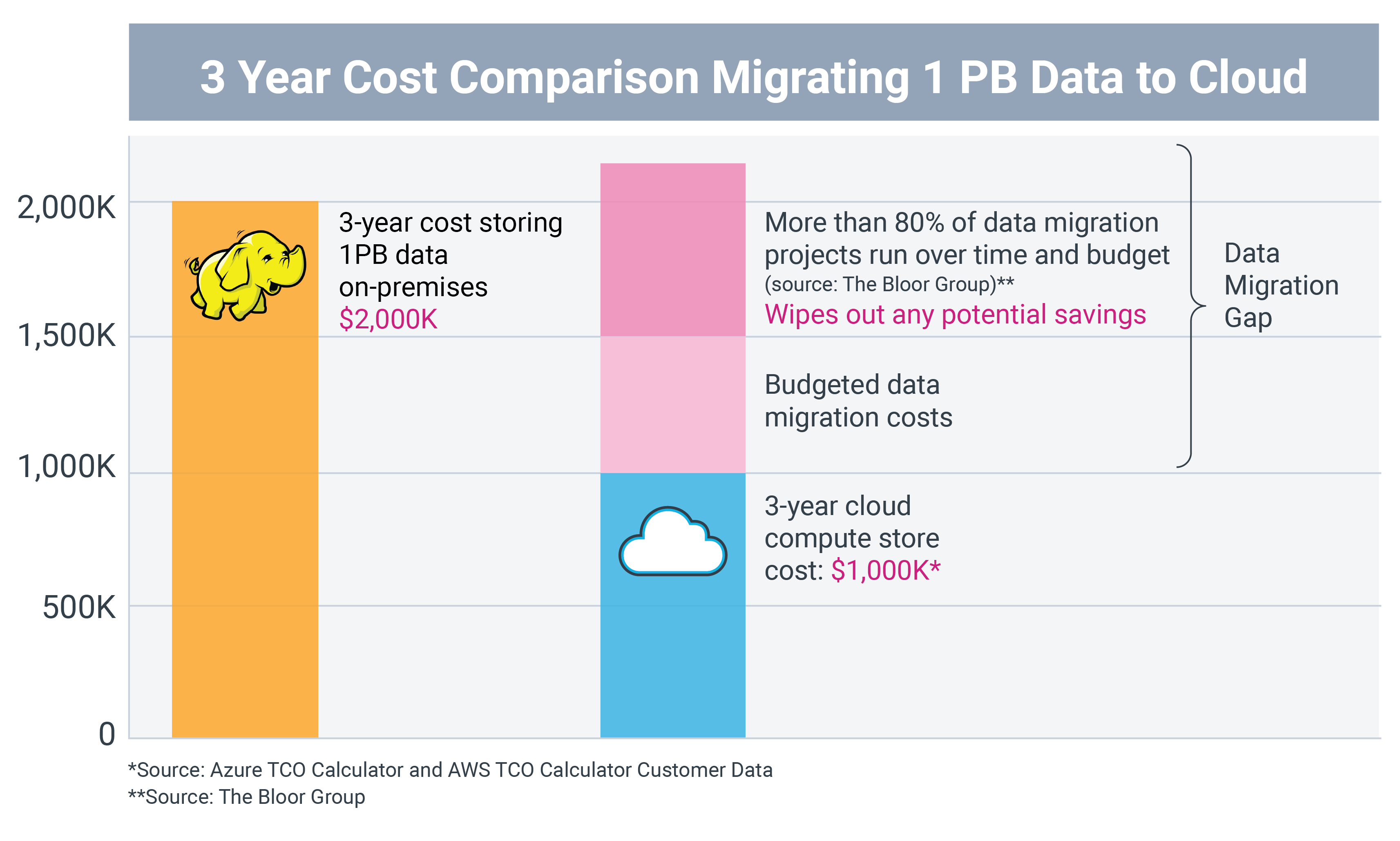Moving to cloud: greater speed, collaboration and cost savings
By Tony Velcich
Jan 28, 2021
By Tony Velcich , Sr. Director, Product Marketing
There are multiple reasons that organizations are moving their data lakes and analytics capabilities to the cloud, and in the wake of the Covid-19 pandemic, those reasons are more pronounced than ever. Let’s take a look at a few of them.
1. Speed
Companies using cloud analytics are able to run lighter and faster. That's because shifting to the cloud literally shifts your company’s load, eliminating the need to run dedicated client-side applications and freeing IT teams of the necessity of coordinating upgrades across an entire infrastructure.
2. Collaboration
We live in a world where teams work remotely across open-space offices, across cities and sometimes across continents. As coronavirus has taught us, physical presence in the office is by no means required for business collaboration, and remote work is here to stay. But cloud-based workflow and file-sharing applications are the secret to keeping your team together and on target, even when they’re apart.
3. Cost
The final and arguably most compelling reason why companies are moving to cloud comes down to sheer dollars and cents - companies stand to save significantly on compute store costs compared to on-prem. It’s important to note, however, cost savings take time to materialize. The level of savings depends in large part on whether companies take the time to determine how to best manage their cloud infrastructure. This often means running both on-prem and cloud infrastructures simultaneously to better understand what works best in the cloud before fully switching over. If organizations take the wrong approach in managing their assets on the cloud, the migration costs can easily wipe out any potential savings (see chart below).

If you take these considerations into account, there’s a very good chance that you’ll find you are due to start drawing dividends. A lot of them. In our experience across our customer base at WANdisco and in working with CSPs like Azure and AWS, we have found, on average, that the total cost of ownership to manage a 1PB Hadoop data lake on premise over a three year period costs a company $2M. To manage that same 1PB in AWS S3 or Azure ADLS Gen 2 storage costs $900,000 over three years.
Moving data to the cloud is in the interests of most organizations over the long-term. The immediate question is how to get started. With careful planning and some realistic expectations, organizations can start to see benefits in speed, collaboration and cost savings. The key is to see the effort as a long-term project with long-term benefits rather than an easy solution that can be implemented quickly.

